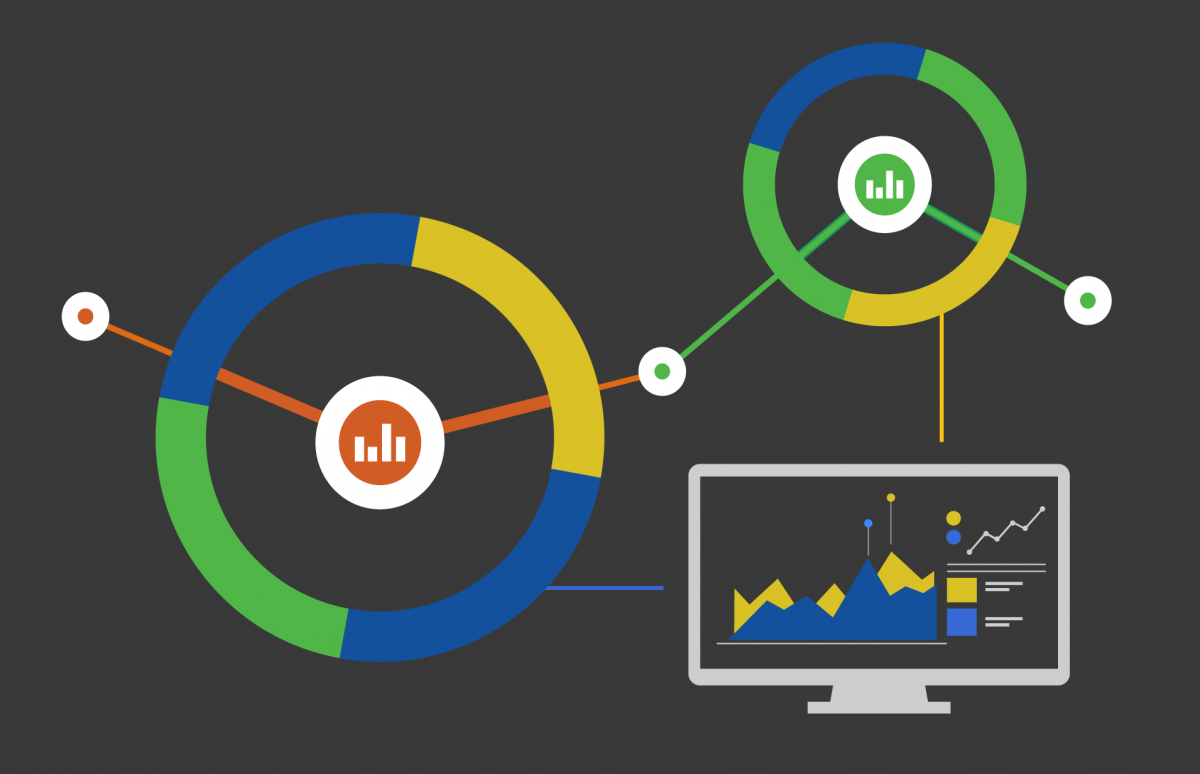In April of this year, Google and Facebook both announced plans to roll out new tools — and, in Google’s case, a new partnership — that increase marketers’ ability to see the results of their marketing campaigns in real time.
Following a series of analytics mishaps on Facebook’s behalf last year, which led to seriously over-inflated measurements for marketers in a number of key metrics, the social media mogul has created a Measurement Council to fix these flaws — and, hopefully, re-establish its authority as the top social media marketing platform on the web. A Forbe’s article addresses these concerns with a rather dour prediction:
“Whether all of these steps are enough to satisfy everyone who has doubts about the social network’s ability to measure its performance remains to be seen. But it’s likely that Facebook’s sheer size and dominance in the ad market will keep many brands and publishers coming back regardless.”
Facebook’s answer was to create two new metric measurement tools that should bring a higher level of transparency to analytics for marketers. First, they redesigned their Delivery Insights dashboard, so that you can view the impressions, amount spent, results, and cost-per-result on each ad set in your campaign. You can also use the Audience Overlap and Audience Saturation features to gain more insight on how different ad sets affect one another, and how your growing or declining audience affects results.
The company also rolled out an Estimated Daily Results tool to help marketers determine what kind of outcome they might expect when they change one metric or another. It features a budget curve, to estimate the effects of budget changes, and a slider bar for estimating other changes. Think virtual, risk-free A/B testing.
Facebook plans to deliver more tools and features for increasing transparency in the coming months — let’s hope they meet the high expectations of ad campaign managers across the world.
More recently, Google has been under fire for their apparent inability to monitor which YouTube videos their ad exchange users’ ads appear on. Google has promised to give companies using their ad technology more control over where their ads are placed, and to start implementing AI technology to pick through video content that could be offensive.
While last month’s announcement that they would be partnering with well-known information service provider Neustar doesn’t specifically address the YouTube problem, it is designed to give marketers more control over their marketing campaigns.
With this partnership will come a better understanding of how marketing strategies affect sales. Neustar’s analytics are geared toward creating transparency in budgeting, giving their clients — who use both Google and other platforms — a real-time look at how their money is working. It smacks of the AI technology that Google has mentioned, with the ability to run simulations to help marketers best determine where to spend their money.
The new partnership should give marketers a whole new way to measure ROI, with some of the most sophisticated technology on the market today at their fingertips. With the increasing emphasis on data automation across industries, it’s no surprise that we’re seeing partnerships and analytics technology like this.
Marketers can use Neustar’s analytics tools to explore the impact that various marketing channels can have on sales, and more efficiently use the budgets that they have; and it may even help them gain approval for higher budgets, as CEOs are more likely to approve higher budgets for marketing departments that can prove ROI.
In light of Facebook’s and Google’s determination to regain public credibility, their new analytics tools and partnerships may go a long way toward repairing some of the recent damage to their reputation in the marketing world. Marketers have a right to transparency and accurate data; these new developments can re-assure marketers that the platforms they have built their marketing strategies on will continue to deliver.



Leave A Comment